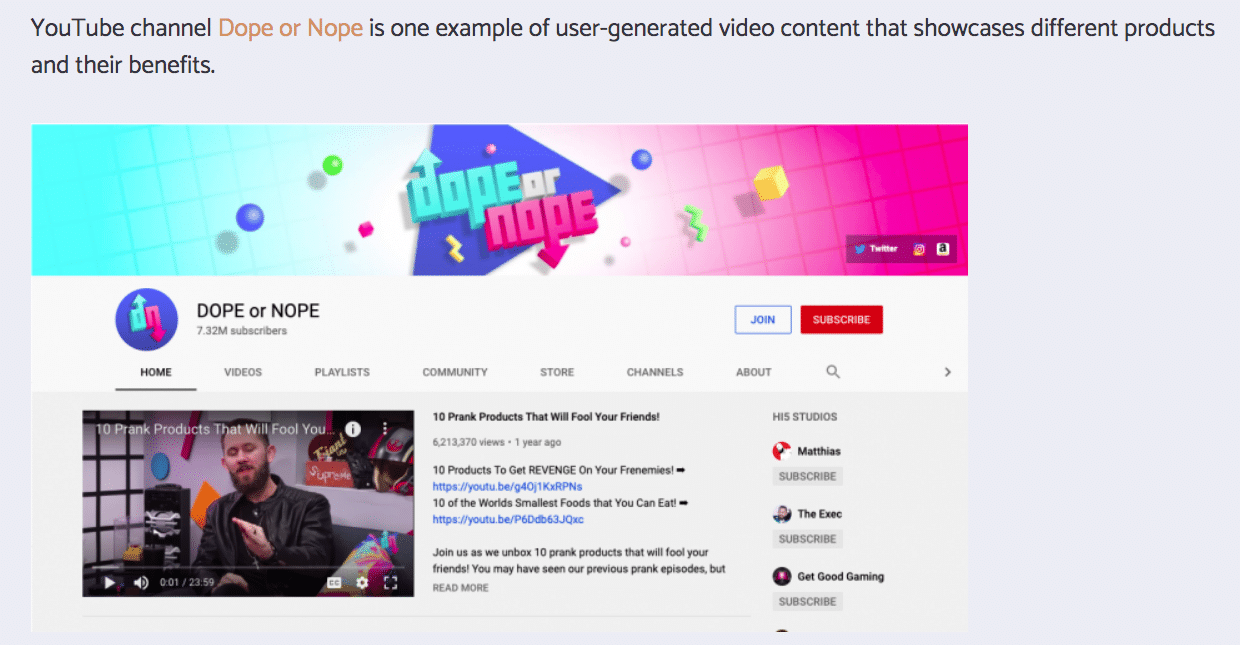A few short years ago, hashtag campaigns were a popular and non-traditional form of marketing; today, they’re just not as influential, new research from creative firm visual guide Visual Objects reveals that only 11 percent of people have interacted with a social media hashtag campaign in the past three months.
In addition, three-fourths of people (75 percent) say they are unlikely to post content on social media using a branded hashtag from a company. While user-generated content (USG) is a more affordable and lower stakes method for brands to market their products, particularly if resources for in-person content creation may be limited, only a strategy that uses the right platforms and types of content will yield the desired results, the report finds.
Social media stories get the most engagement
When asked what types of content they engaged with online in the past three months, 40 percent of people answered stories on social media platforms such as Instagram, Snapchat, and Facebook.
Additionally, 27 percent of people have engaged with videos such as livestreams and AR lenses or filters in the past three months.
The survey did find that 19 percent of people are likely to create a video showing how they use a product or service from a business.
Even though most people (73 percent) are unlikely to create branded videos, businesses looking to implement a UGC strategy should consider producing video content and social media stories.
Reviews on third-party platforms are the most common form of UGC
The survey found that one-quarter (26 percent) of people are likely to review a business on a third-party website, making reviews the most popular way people contribute to UGC.
Consumers trust what their peers say about a brand more than what the brand says about itself, which means that customer reviews are an advantageous UGC marketing strategy.
For example, Buzzfeed compiles lists of popular products in different categories along with corresponding positive customer reviews. Businesses can encourage customers to leave reviews by incorporating calls-to-action in marketing emails.
Additionally, 25 percent of customers have engaged with customer reviews in the last month, the third-most common type of online content they consumed after social media stories and videos.
Most consumers are very unlikely to engage in user-generated content
UGC is a valuable option for businesses looking to lower marketing costs. However, unless executed effectively, a UGC content strategy is likely to be unsuccessful. Business can leverage video channels and incentivize customers to leave reviews to improve their chances of marketing success.
Visual objects surveyed 401 people about their thoughts on creating content for brands.











